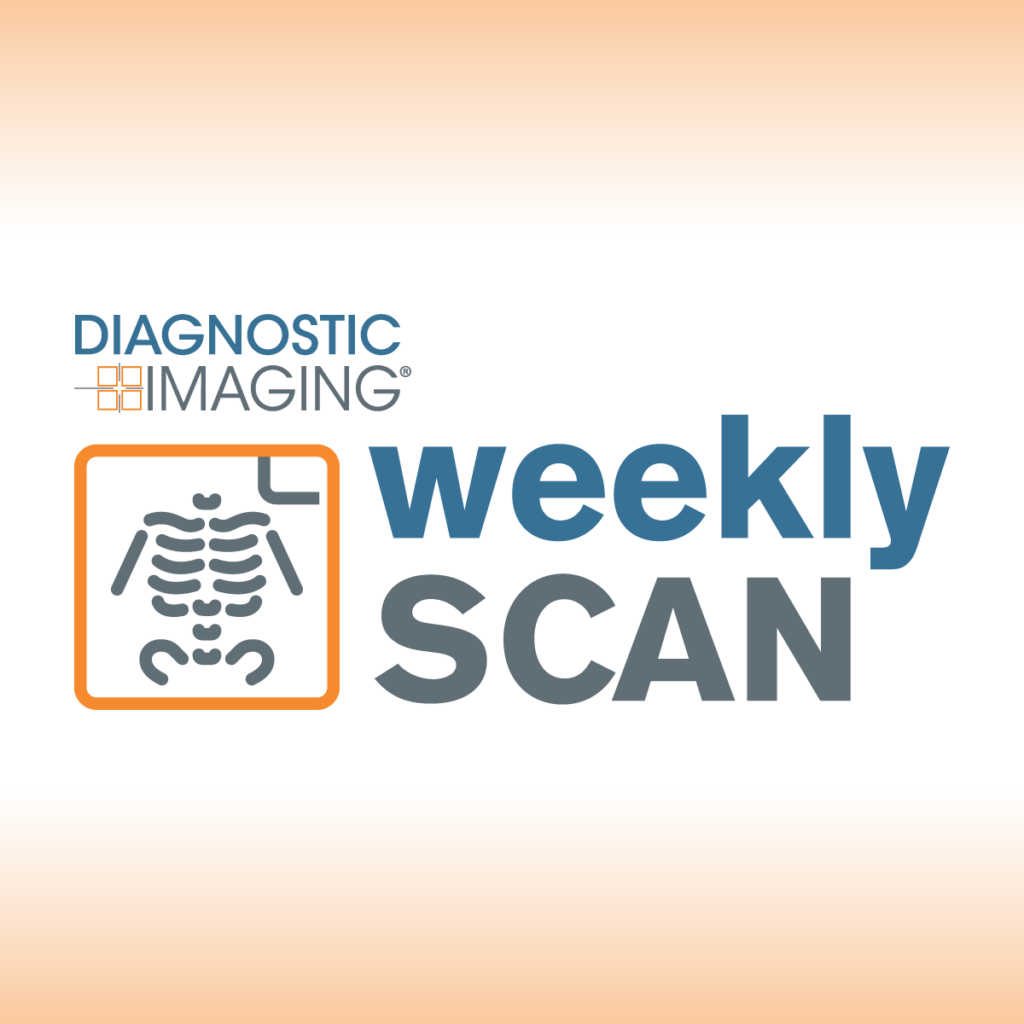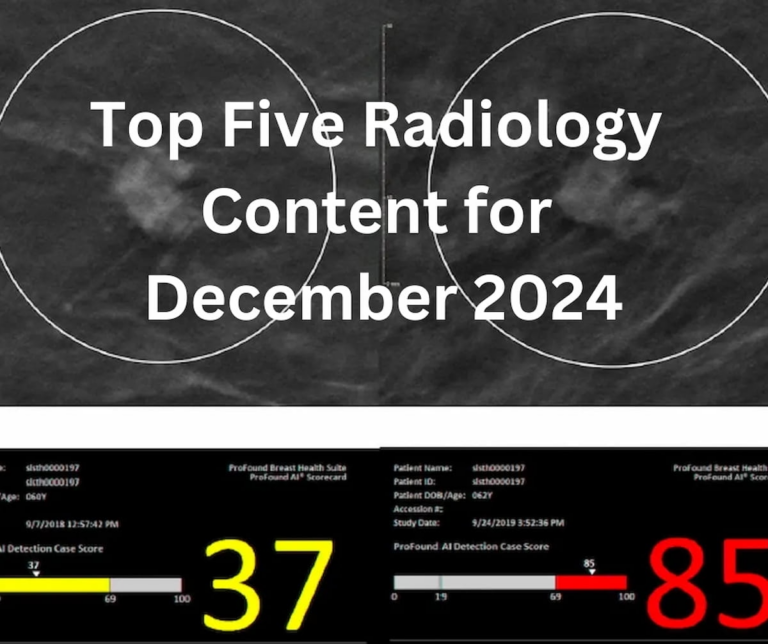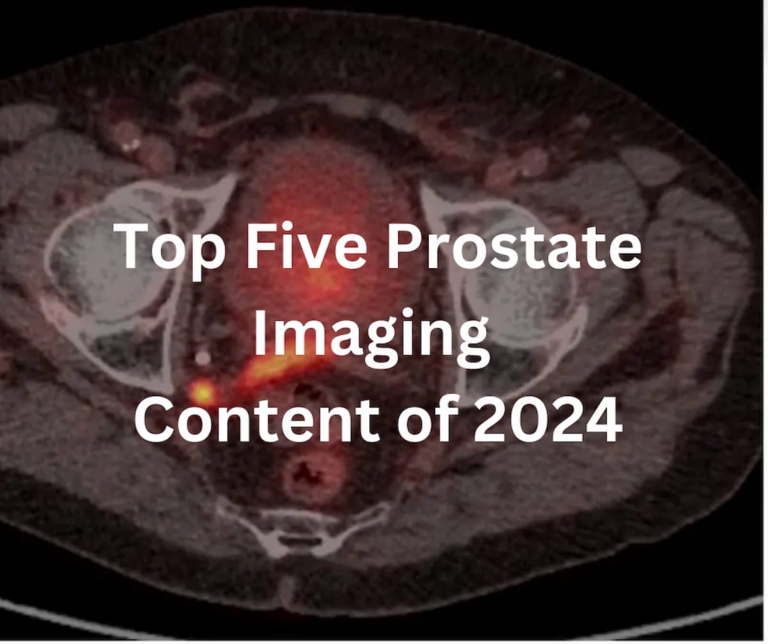
Here’s a recap of the most significant developments in radiology from the past week. The field continues to evolve, with new research, innovative technologies, and best practices shaping the landscape of medical imaging.
One of the key highlights this week involved advancements in artificial intelligence (AI) applications in radiology. Numerous studies were presented that emphasize how AI can enhance diagnostic accuracy, streamline workflows, and reduce the time radiologists spend on repetitive tasks. For instance, a new AI algorithm demonstrated the capability to accurately detect lung nodules in CT scans, showing potential to significantly improve early lung cancer detection rates. By identifying these nodules sooner, patients may benefit from earlier interventions, which can be crucial for better outcomes.
In addition to AI, there has been a growing interest in the role of radiologists in interdisciplinary teams. New guidelines suggest that radiologists should actively collaborate with other specialties, including oncology and primary care, to optimize patient management and treatment plans. This collaborative approach not only improves communication but also ensures that imaging findings are interpreted in the broader context of the patient’s health and treatment goals.
Another noteworthy topic that emerged is the importance of education and training in radiology. Various institutions are implementing enhanced training protocols that integrate virtual reality (VR) and simulation-based learning. These innovative approaches allow radiology trainees to practice their skills in controlled environments, providing them with valuable hands-on experience before they begin working with real patients. This method is proving to be an effective way to prepare the next generation of radiologists for the challenges of modern practice.
Further conversations this week surrounded the ethical implications of radiology practices, particularly concerning the handling of patient data within AI systems. As AI technologies become increasingly integrated into radiology, questions about data privacy and security are at the forefront. A panel of experts emphasized the need for robust protocols to protect patient information while still harnessing the power of AI to improve diagnostic capabilities. Transparency with patients about how their data is used and the benefits of AI in their care is becoming paramount.
Moreover, recent studies investigating the outcomes of imaging techniques for various conditions have sparked interest. Research focusing on the effectiveness of MRI versus traditional X-rays for diagnosing knee injuries highlighted how MRI can provide deeper insights into soft tissue issues, leading to better management decisions. Similarly, discussions about the appropriate use of contrast agents in imaging led to important guidelines aimed at minimizing risks while maximizing diagnostic utility.
In patient-centric care, the week also spotlighted initiatives aimed at improving the patient experience within imaging departments. Efforts are being made to reduce patient anxiety related to imaging procedures through enhanced communication and comfort measures. Some facilities are adopting more patient-friendly imaging technologies and creating environments that help alleviate fears associated with scans. Engaging patients through educational resources about what to expect during their imaging procedures is increasingly seen as critical in ensuring a positive experience.
Lastly, research on the long-term effects of radiation exposure from imaging studies continues to be a significant topic of discussion. As radiology plays a vital role in diagnosing and monitoring conditions, creating guidelines to effectively balance the benefits and risks of imaging is essential. The ongoing investigation into how cumulative radiation exposure affects patients, particularly vulnerable populations like children, is driving efforts toward optimizing imaging protocols.
In conclusion, the past week brought exciting developments in radiology, showcasing how technology, collaboration, education, and patient-centered approaches are shaping the field. As innovations continue to emerge, it remains clear that the discipline is committed to enhancing diagnostic accuracy and improving patient care. Keeping abreast of these advances is essential for professionals looking to provide the best outcomes for their patients while navigating the complexities of modern medicine.


